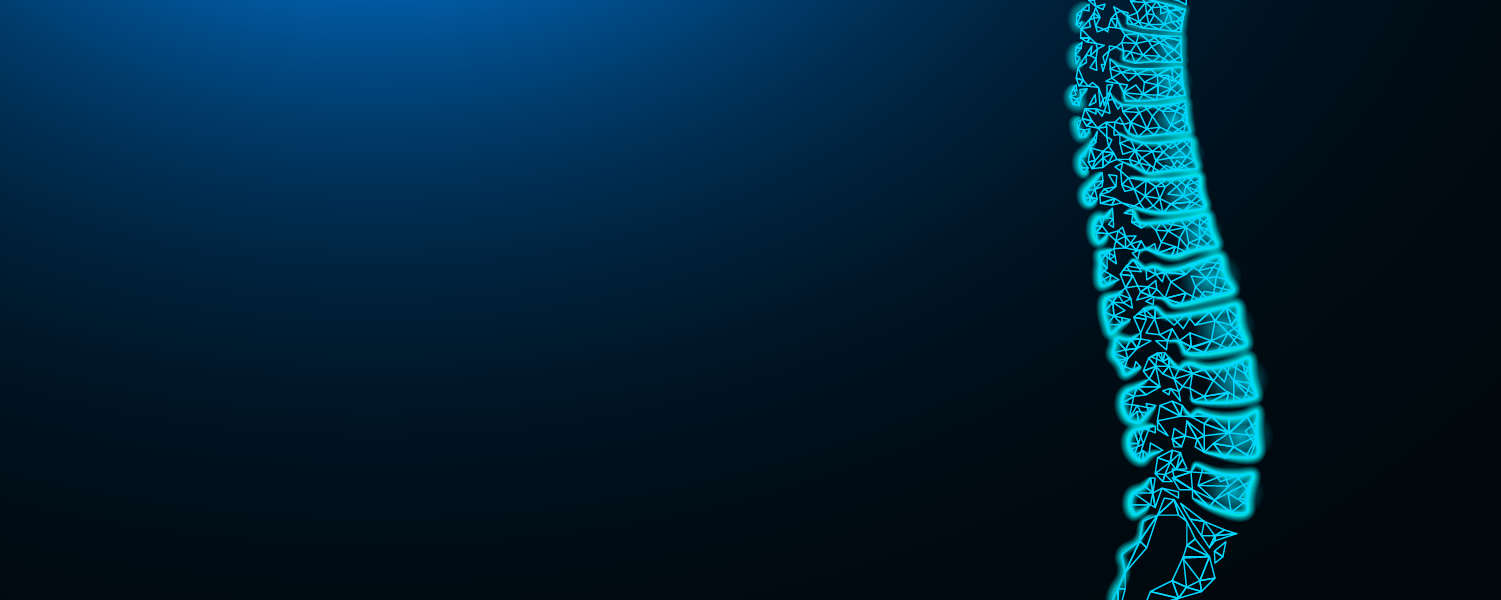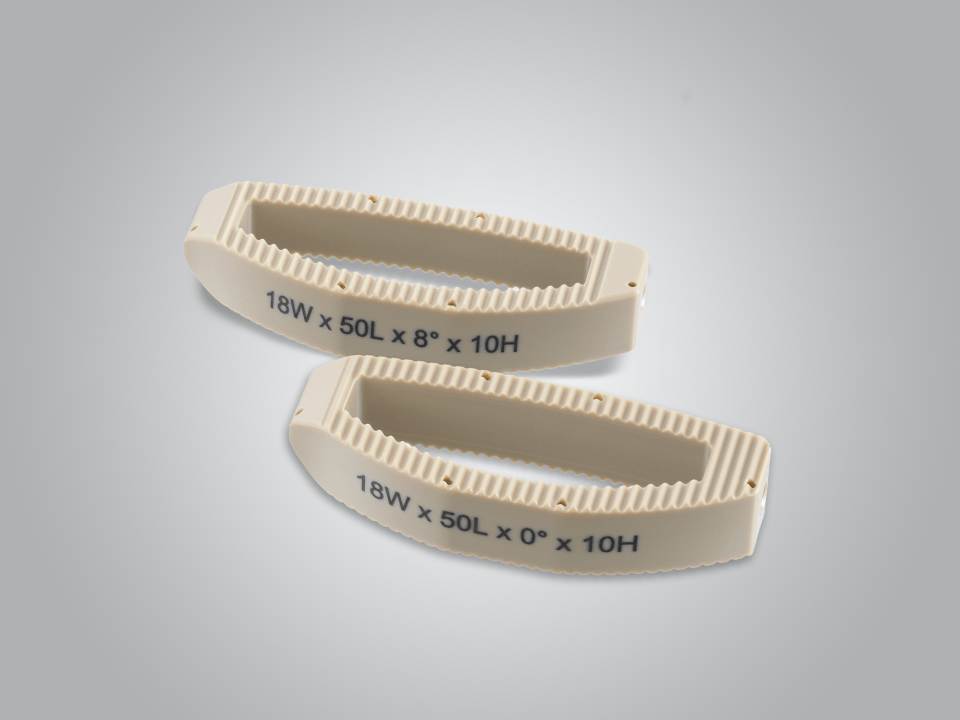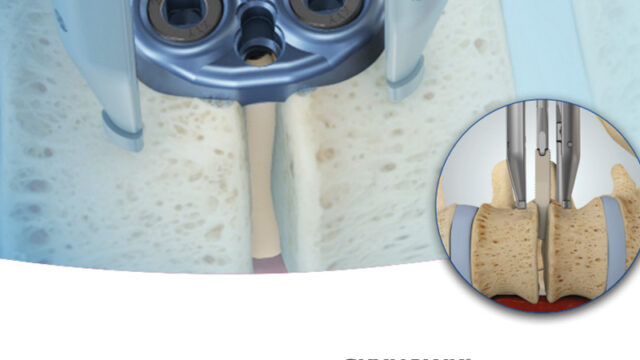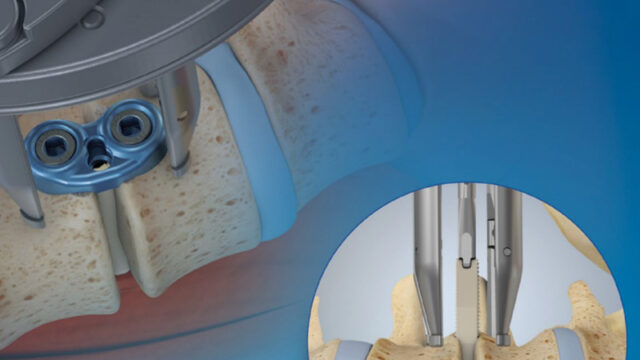
Skyhawk
Lateral Interbody Fusion System
Lateral Lumbar Interbody Fusion is an approach to spinal fusion in which the surgeon accesses the intervertebral disc space using a surgical approach from the patient’s side (lateral) rather than from the front (anterior) or the back (posterior). The lateral approach provides an alternate route to the spine that disturbs fewer structures and tissues. Lateral Lumbar Interbody Fusion is an option that a surgeon may use to treat patients with lumbar degenerative disc disease (DDD). The Skyhawk® Lateral Interbody Fusion System and Skyhawk Lateral Plate System provide a complete solution for the surgeon to perform a Lateral Lumbar Interbody Fusion (L2-L5).
Product Highlights
SKYHAWK Instrumentation:
- Comprehensive discectomy and annulotomy instruments including rongeurs, disc cutters, box chisels, curettes, cobbs, and rasps
- Neuromonitoring pack and fiberoptic light source available
- Fluoroscopic targeting crosshair aids in localizing the disc space and targeting the incision
SKYHAWK Interbody:
- SKYHAWK Interbody spacers are available in heights ranging from 6mm to 20mm, widths of 16mm, 18mm, 22mm and 26mm, lengths of 35mm, 40mm, 45mm, 50mm, 55mm and 60mm and lordosis of 0˚, 8˚ and 12˚.
- Lateral interbody spacers are composed of PEEK with tantalum markers located at both ends and the middle of the implant for clear fluoroscopic visualization
- Large graft window for packing bone grafting material
SKYHAWK Lateral Plate:
- Low profile lateral plate – set screws locks flush within the plate
- Plate sizes coordinate with Interbody heights
- Lateral plates and bone screws are manufactured from titanium alloy
- Lateral plates are available in sizes 6, 8, 10, 12, 14, 16, and 20
- Bone screws area available in lengths of 30mm, 35mm, 40mm, 45mm, 50mm, 55mm and 60mm
QUADRx™ Lateral Retractor:
- Implements a straightforward 4 blade design
- Ergonomic rectangular aperture opening provides adaptability to both patient anatomy and surgeon technique
- Innovative blade design requires no sequential dilation prior to retractor placement over the guide wire


